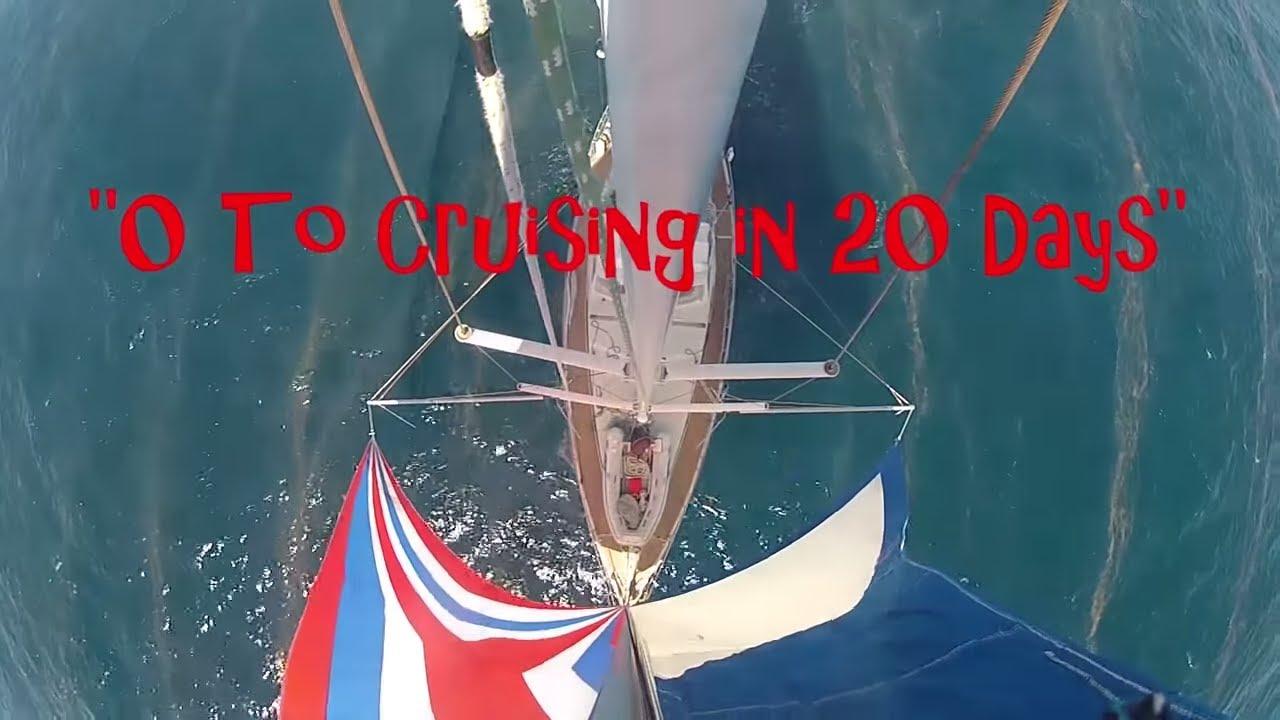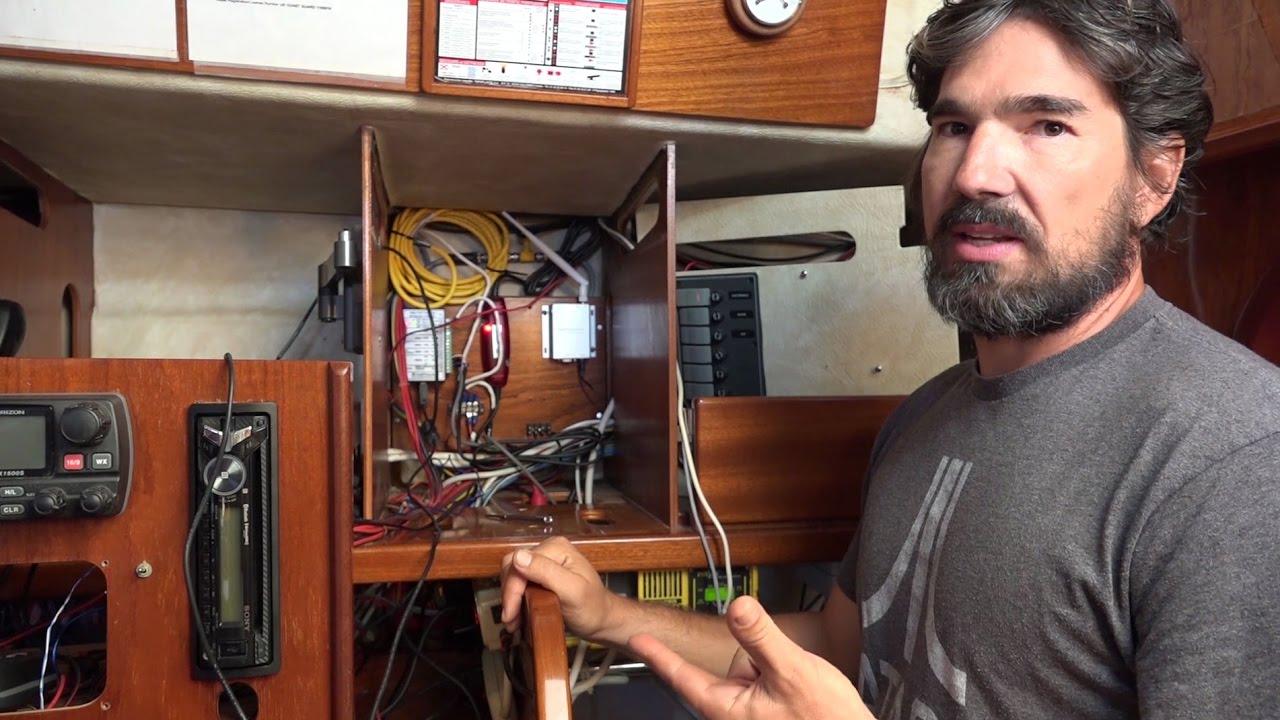Welcome to our blog post where we will be discussing the topics covered in the intriguing YouTube video titled "Avoiding Bad weather! How do we sail in the southern Indian Ocean? Sailing Vessel Delos". In this video, the crew of the Sailing Vessel Delos shares their experiences and insights into weather routing in the southern Indian Ocean, particularly as they navigate around the bottom of South Africa. This region poses various challenges and variables that demand careful planning and consideration. Understanding the dynamics of the two high-pressure systems in the southern Indian Ocean and the South Atlantic is crucial for effective weather routing. During the summer months, these systems play a significant role in the movement of lows, which can result in the formation of powerful Southwest Busters and standing waves. The impact of the Agulhas current adds another layer of complexity, creating even more intense weather conditions. As the seasons change, these highs shift their position, altering the movement of lows. Winter brings about a different weather pattern with the prevalence of north-northwest reliefs, making it essential to adapt strategies for unexpected coastal lows. Join us as we delve deeper into the fascinating world of weather routing in the southern Indian Ocean and gain valuable insights from the crew of Sailing Vessel Delos.
Heading 1: Weather patterns in the southern Indian Ocean and South Atlantic
Weather Patterns in the Southern Indian Ocean and South Atlantic
Avoiding Bad Weather! How do we sail in the southern Indian Ocean? Sailing Vessel Delos
When navigating the waters of the southern Indian Ocean and South Atlantic, it is crucial to plan ahead and take into consideration the unique weather patterns that occur in this region. Two separate high pressure systems play a significant role in determining the weather conditions. One high pressure system is located in the southern Indian Ocean, while the other is situated in the South Atlantic. During the summer months, these high pressure systems move further south, causing the low pressure systems to follow suit. These lows originate at the bottom of South America and are pushed southward by the descending highs. As a result, they are squeezed between the two high pressure systems and travel up the coast. This can result in powerful and intense southwest busters, often reaching gale force and higher.
Another factor to consider is the Agulhas current, which flows between two and a half to five knots. When the lows come around the corner, they encounter this current and can rapidly intensify. The combination of strong winds, up to 40 to 50 knots, against the current creates enormous standing waves, sometimes exceeding 20 meters in height. These conditions can be treacherous for sailors and must be taken into account when planning a route.
Heading 2: Challenges of sailing in the southern Indian Ocean
Challenges of sailing in the southern Indian Ocean
Sailing in the southern Indian Ocean presents unique challenges, particularly around the bottom of South Africa. It is crucial for sailors to plan their weather ahead of time due to the influence of two separate high-pressure systems. One high-pressure system is located in the southern Indian Ocean, while the other is in the South Atlantic. During the summer months, these high-pressure systems shift south, resulting in low-pressure systems moving along a specific belt. These lows, originating from the bottom of South America, get pushed down and travel up the coast, often causing rough weather conditions such as gale force winds and high waves. Additionally, the presence of the Agulhas current, which can reach speeds of up to five knots, exacerbates the intensity of these weather phenomena.
As the seasons change into winter, the high-pressure systems move further north, causing the lows to cross over the land. This creates north-northwest reliefs that impact the sailing conditions in this region. While these occurrences happen less frequently during winter, it is important to remain cautious as unexpected coastal lows can still arise due to the massive size of the high-pressure systems. These coastal lows can be short-lived but can pose significant challenges to sailors. Overall, navigating the southern Indian Ocean requires careful consideration of the ever-changing weather patterns and thorough planning to avoid encountering dangerous weather conditions.
Heading 3: Weather routing recommendations for sailing in the southern Indian Ocean
In the southern Indian Ocean, sailing can be challenging due to the various weather variables and factors that need to be considered. One of the key considerations is the presence of two separate high pressure systems, one in the southern Indian Ocean and the other in the South Atlantic. During the summer months, these high pressure systems move further south, causing the lows to also move south along a specific belt. As a result, strong southwest winds, known as the “Gnarly Southwest Busters,” can be experienced along the coast. These winds can reach gale force and higher due to the convergence of the lows and the Agulhas current. The current, which runs between 2.5 to 5 knots, creates massive standing waves when combined with strong winds.
In winter, the high pressure systems move further north, resulting in a different weather pattern. During this time, there are less frequent occurrences of lows crossing over the land. Instead, coastal lows can unexpectedly pop up and cause challenging conditions. These coastal lows are larger and can spin in different directions as a result of the high pressure systems. While they may not last more than a few hours, they can be intense and massive, creating additional difficulties for sailors in the southern Indian Ocean.
In conclusion, understanding and planning for weather conditions is crucial when sailing in the southern Indian Ocean. Due to the presence of high-pressure systems in the southern Indian Ocean and the South Atlantic, the movement of lows and highs can create challenging situations. During the summer months, lows move further south, causing gale force winds and the formation of massive standing waves when they collide with the Agulhas current. In winter, highs move further north, resulting in more frequent north-northwest reliefs that cross over the land and dissipate. However, unexpected coastal lows can still occur during this season. These coastal lows are larger and can be unpredictable, but they typically last for a short period of time. By carefully considering these weather patterns and planning ahead, sailors can better avoid bad weather while sailing in the southern Indian Ocean.



